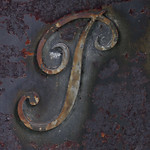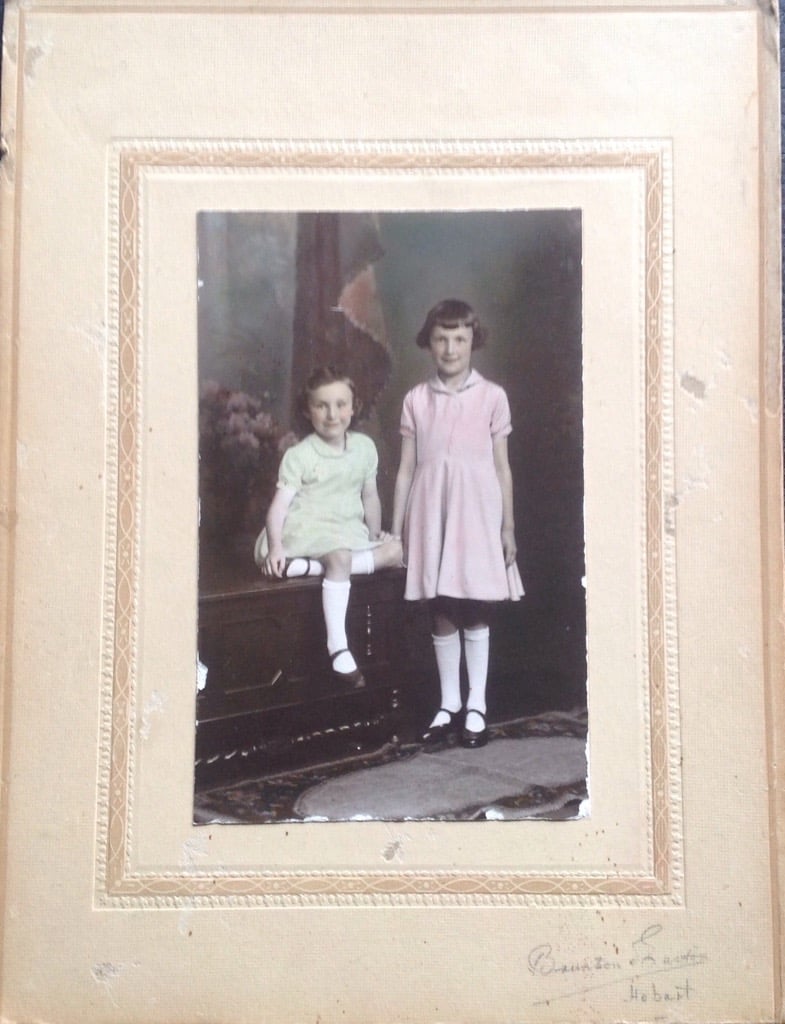
I thought I already knew lots of places to find records, diaries, photos for members of my family who had fought in war, so I quickly marked off those sections in the course. But I am glad I went back to check out the comments from the other students. They included lots of links to other sites around the world as well.
Australian War Memorial records for World War 1
Here is a link to the information sheet from the Australian War Memorial for family historians checking out Australian military history for World War 1. I would suggest this is your first step as it links you to so many other resources to use.
Service Records around the world
When transcribing Aussie records, here is a glossary of abbreviations used. There are many sites to gather bits and pieces to build up your relatives service record. Here are a few:
National Archives Australia – click on name search here, fill in name, use drop down arrow to find the conflict
Discovering ANZACs – Australia and New Zealand
War Diaries are now also digitized for some regiments or units.
The Commonwealth War Graves Commission can give details about burial places.
National Archives UK have a great website setup with all World War 1 resources available.
A couple of links for our New Zealand mates are here and here.
If searching for those in Canada, here are some links for them.
Looking for British Army in India who served, go to this wiki for help.
Photos
On the Australian War Memorial website, type in war photographers in the search area and up will come the list of 25 people. An interesting person to look at is Frank Hurley, but remember some of his photographs have been manipulated and are composed of a few photographs put together in one.
Kansas City in the USA has a National World War museum at this link.
The Imperial War Museum in the UK also has many photos to look at.
British Pathe has images and video clips to research.
Readers: Do you know of any other great sites I could include for this part of the course?
Jean Davidson mentioned First World War Centenary and while googling this I also found ANZAC Centenary and Great War which includes events around the world. These are more general websites about celebrating the centenary rather than researching your specific person.


